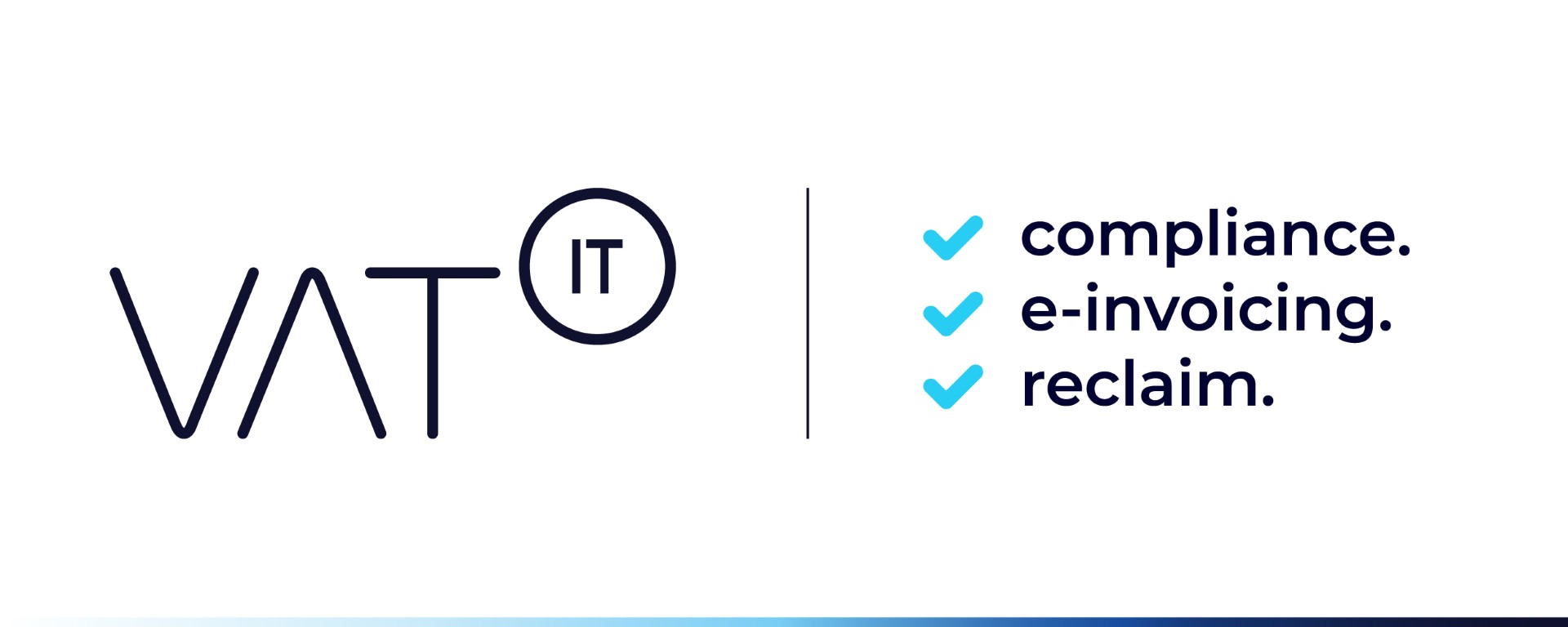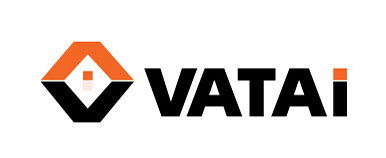- VAT is applied at a national level, while U.S. sales tax is set at state, county, and city levels.
- VAT typically has a few standard rates, whereas U.S. sales tax has many varying rates across jurisdictions.
- VAT is collected at multiple points in the supply chain, while U.S. sales tax is collected only at the final sale to the consumer.
- VAT allows businesses to recover input tax credits, but U.S. sales tax does not have a similar mechanism.
- VAT rates are generally stable, while U.S. sales tax rates change frequently.
- U.S. sales tax jurisdictions are numerous, creating complexity in rate calculation and compliance.
Source: avalara.com
Note that this post was (partially) written with the help of AI. It is always useful to review the original source material, and where needed to obtain (local) advice from a specialist.
Latest Posts in "World"
- VATupdate Newsletter Week 42 2025
- Global eInvoicing: Trends, Models, Interoperability, and Innovation Shaping the Digital Future
- Webinar Fiscal Solutions: Turn Fiscalization Into a Competitive Advantage (Oct 30)
- Basware on YouTube – Compliance without the boring bits – Episode 5 (December 9)
- “How do I know if my Peppol e-invoice has arrived?” – A practical guide for entrepreneurs















